(A) In allylic substitution propene gives allyl bromide.
(R) NBS is a selective brominating agent and gives substitution at the alpha carbon with respect to the double bond.
If both (A) and (R) are correct and (R) is the correct explanation of (A).
If both (A) and (R) are correct but (R) is not the correct explanation of (A).
If (A) is correct but (R) is incorrect.
IF (A) is incorrect but (R) is correct.
The correct Answer is:A
Step by step video, text & image solution for (A) In allylic substitution propene gives allyl bromide. (R) NBS is a selective brominating agent and gives substitution at the alpha carbon with respect to the double bond. by Chemistry experts to help you in doubts & scoring excellent marks in Class 12 exams.
Topper's Solved these Questions
- BOOK - OP TANDONCHAPTER - BASIC PRINCIPLES OF ORGANIC COMPOUNDS (MECHANISM OF ORGANIC REACTIONS)EXERCISE - MATRIX-MATCH TYPE QUESTIONS1videos
BASIC PRINCIPLES OF ORGANIC COMPOUNDS (MECHANISM OF ORGANIC REACTIONS)
- BOOK - OP TANDONCHAPTER - BASIC PRINCIPLES OF ORGANIC COMPOUNDS (MECHANISM OF ORGANIC REACTIONS)EXERCISE - PASSAGE-I5videos
BASIC PRINCIPLES OF ORGANIC COMPOUNDS (MECHANISM OF ORGANIC REACTIONS)
- BOOK - OP TANDONCHAPTER - BASIC PRINCIPLES OF ORGANIC COMPOUNDS (MECHANISM OF ORGANIC REACTIONS)EXERCISE - SET II24videos
BASIC PRINCIPLES OF ORGANIC COMPOUNDS (MECHANISM OF ORGANIC REACTIONS)
- BOOK - OP TANDONCHAPTER - BASIC PRINCIPLESEXERCISE - SECTION V INTEGER ANSWER TYPE QUESTION3videos
BASIC PRINCIPLES
- BOOK - OP TANDONCHAPTER - CARBOXYLIC ACIDS AND THEIR DERIVATIVESEXERCISE - Integer4videos
CARBOXYLIC ACIDS AND THEIR DERIVATIVES
Similar Questions
Normally, benzene gives electrophilic substitution reaction rather than electrophilic addition reaction although it has double bonds. Explain why ?
View SolutionGive reasons for the following:
(i) tert-buty lbenzene does not give benzonic acid on treatment with acidic KMnO4.
(ii)Normally, benzene gives electrophilic substitution reaction rather than electrophilic addition reaction although it has double bond.View Solution
Knowledge Check
- Question 1 - Select One
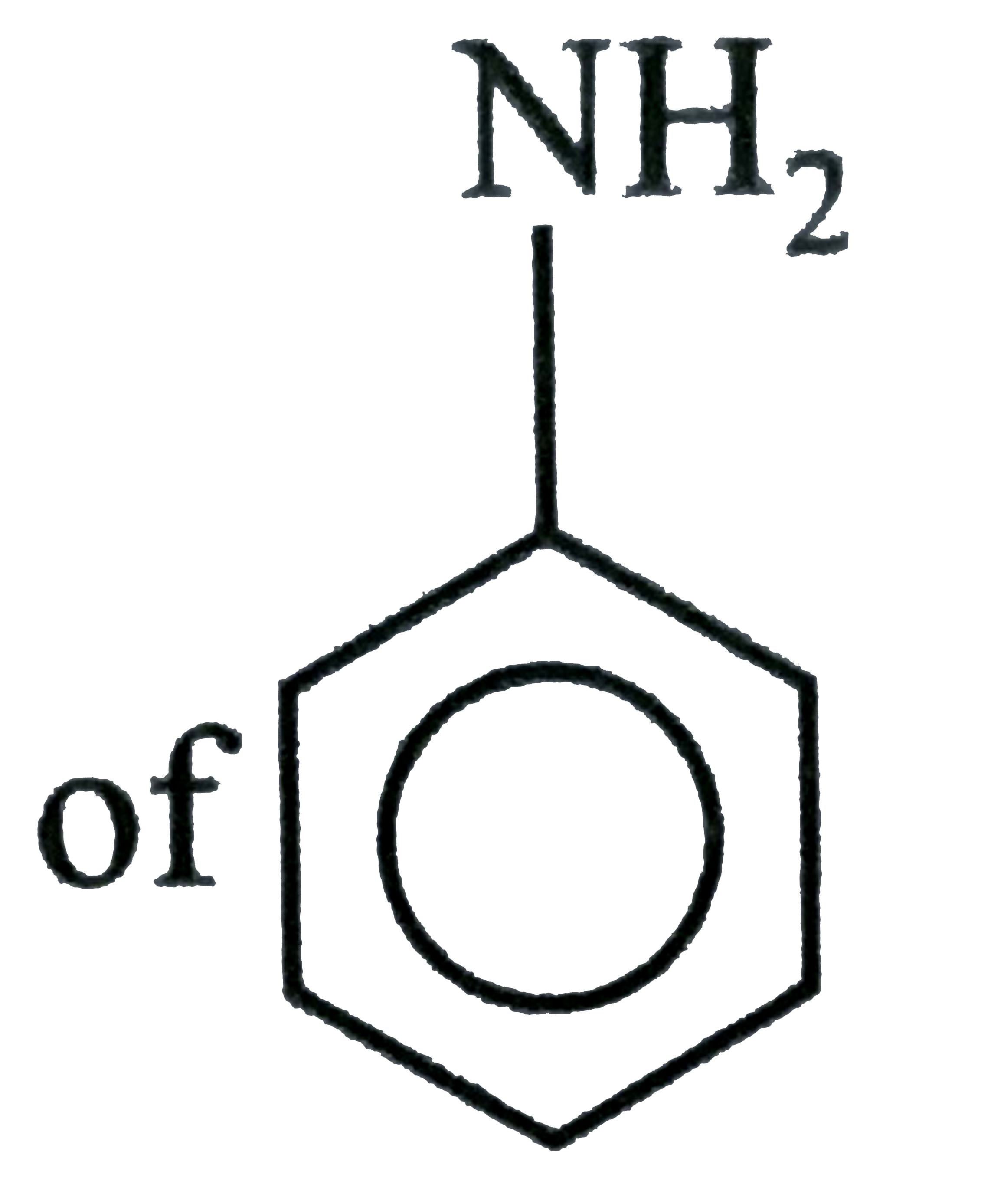
Electrophilic substitution of with bromine givesA1,4,6-tribromoB2,4,6-tribromo anilineC4-bromo anilineD3-bromo aniline - Question 2 - Select One
Select the most appropriate one word substitution for the given words.
Act of giving up the throneAAbdicationBAdulationCAdmirationDAddiction - Question 3 - Select One or More
Which of the following give allylic substitution product?
A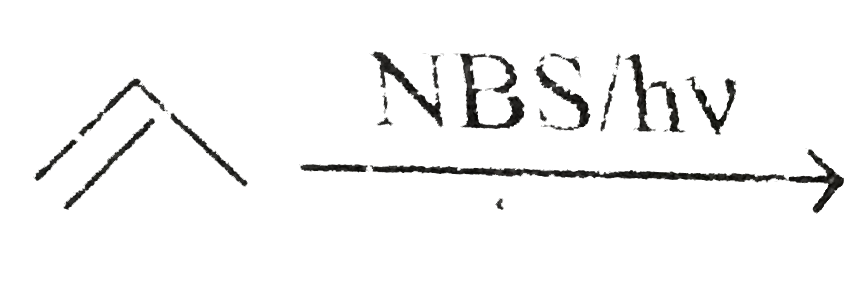 B
B C
C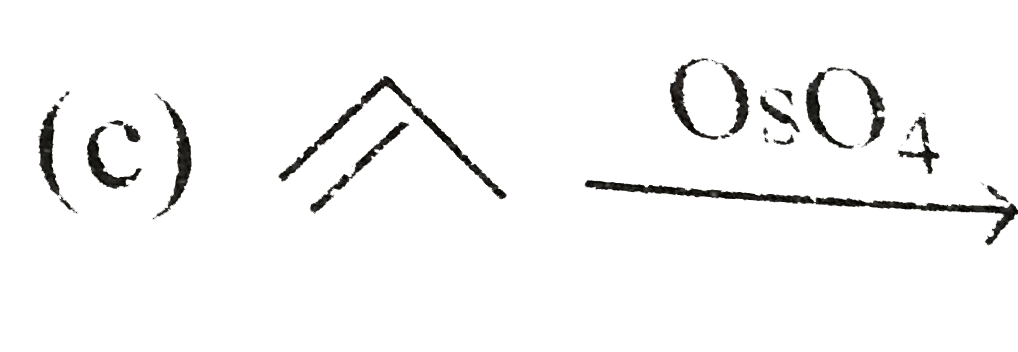 D
D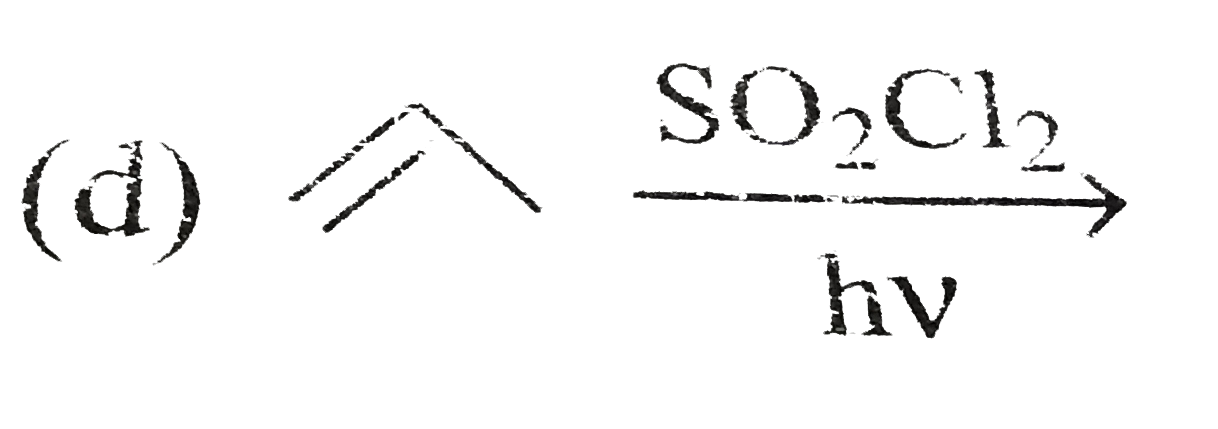
In the following questions, a statement of assertion (A) is following by a statement of reason (R )
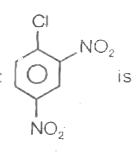 is more reactive towards nucleophilic substitution reaction than
is more reactive towards nucleophilic substitution reaction than 
R: NO2 group is electron withdrawaing so decreases the double bond of C-CI bond .View SolutionBorane is an electron deficient compound. It has only six valence eletons, so the boron atom lacks an octet. Acquiring an octet is the driving force for the unusual bonding structure found in boron compounds. As an electron deficient compound, BH3 is a strong electrophile, capable of adding to a double bond. This hydroboration of double bond is though to oC Cur in one step, with the boron atom adding to the less highly substituted end of the double bond. In transition state, the boron atom withdraws electrons from the pi bond and the carbon at theother end of the double bond acquires a partial positive charge. This positive charge is more stable on the more highly subsituted carbon atom. The second step is the oxidation of boron atom, removing it from carbon and replacing it with hydroxyl group by using H2O2/OH¯¯¯¯¯...
The simultaneous addition of boron and hydrogen to the double bond leads to a syn addition. Oxidation of the trialkyl borane replaces boron with a hydroxyl group in the same stereochemical position. Thus, hydroboration of alkenen is an example of steropecific reaction, in which different steroisomers of starting compounds react to give different steroisomers of the product.
Find the product of following reaction
_E01_055_Q01.png) View Solution
View SolutionBorane is an electron deficient compound. It has only six valence eletons, so the boron atom lacks an octet. Acquiring an octet is the driving force for the unusual bonding structure found in boron compounds. As an electron deficient compound, BH3 is a strong electrophile, capable of adding to a double bond. This hydroboration of double bond is though to oC Cur in one step, with the boron atom adding to the less highly substituted end of the double bond. In transition state, the boron atom withdraws electrons from the pi bond and the carbon at theother end of the double bond acquires a partial positive charge. This positive charge is more stable on the more highly subsituted carbon atom. The second step is the oxidation of boron atom, removing it from carbon and replacing it with hydroxyl group by using H2O2/OH¯¯¯¯¯...
The simultaneous addition of boron and hydrogen to the double bond leads to a syn addition. Oxidation of the trialkyl borane replaces boron with a hydroxyl group in the same stereochemical position. Thus, hydroboration of alkenen is an example of steropecific reaction, in which different steroisomers of starting compounds react to give different steroisomers of the product.
_E01_056_Q01.png)
Y is :View SolutionBorane is an electron deficient compound. It has only six valence eletons, so the boron atom lacks an octet. Acquiring an octet is the driving force for the unusual bonding structure found in boron compounds. As an electron deficient compound, BH3 is a strong electrophile, capable of adding to a double bond. This hydroboration of double bond is though to oC Cur in one step, with the boron atom adding to the less highly substituted end of the double bond. In transition state, the boron atom withdraws electrons from the pi bond and the carbon at theother end of the double bond acquires a partial positive charge. This positive charge is more stable on the more highly subsituted carbon atom. The second step is the oxidation of boron atom, removing it from carbon and replacing it with hydroxyl group by using H2O2/OH¯¯¯¯¯...
The simultaneous addition of boron and hydrogen to the double bond leads to a syn addition. Oxidation of the trialkyl borane replaces boron with a hydroxyl group in the same stereochemical position. Thus, hydroboration of alkenen is an example of steropecific reaction, in which different steroisomers of starting compounds react to give different steroisomers of the product.
CH3−CH3∣C∣CH3−CH=CH2 (i)BH3/THF−−−−−−−−−−→(ii)H2O2/OH¯¯¯¯¯..Z.
Z is :View SolutionBorane is an electron deficient compound. It has only six valence eletons, so the boron atom lacks an octet. Acquiring an octet is the driving force for the unusual bonding structure found in boron compounds. As an electron deficient compound, BH3 is a strong electrophile, capable of adding to a double bond. This hydroboration of double bond is though to oC Cur in one step, with the boron atom adding to the less highly substituted end of the double bond. In transition state, the boron atom withdraws electrons from the pi bond and the carbon at theother end of the double bond acquires a partial positive charge. This positive charge is more stable on the more highly subsituted carbon atom. The second step is the oxidation of boron atom, removing it from carbon and replacing it with hydroxyl group by using H2O2/OH¯¯¯¯¯...
The simultaneous addition of boron and hydrogen to the double bond leads to a syn addition. Oxidation of the trialkyl borane replaces boron with a hydroxyl group in the same stereochemical position. Thus, hydroboration of alkenen is an example of steropecific reaction, in which different steroisomers of starting compounds react to give different steroisomers of the product.
_E01_058_Q01.png) (i)BH3/THF−−−−−−−−−−→(ii)H2O2/OH¯¯¯¯¯..product. The product is View Solution
(i)BH3/THF−−−−−−−−−−→(ii)H2O2/OH¯¯¯¯¯..product. The product is View Solution

